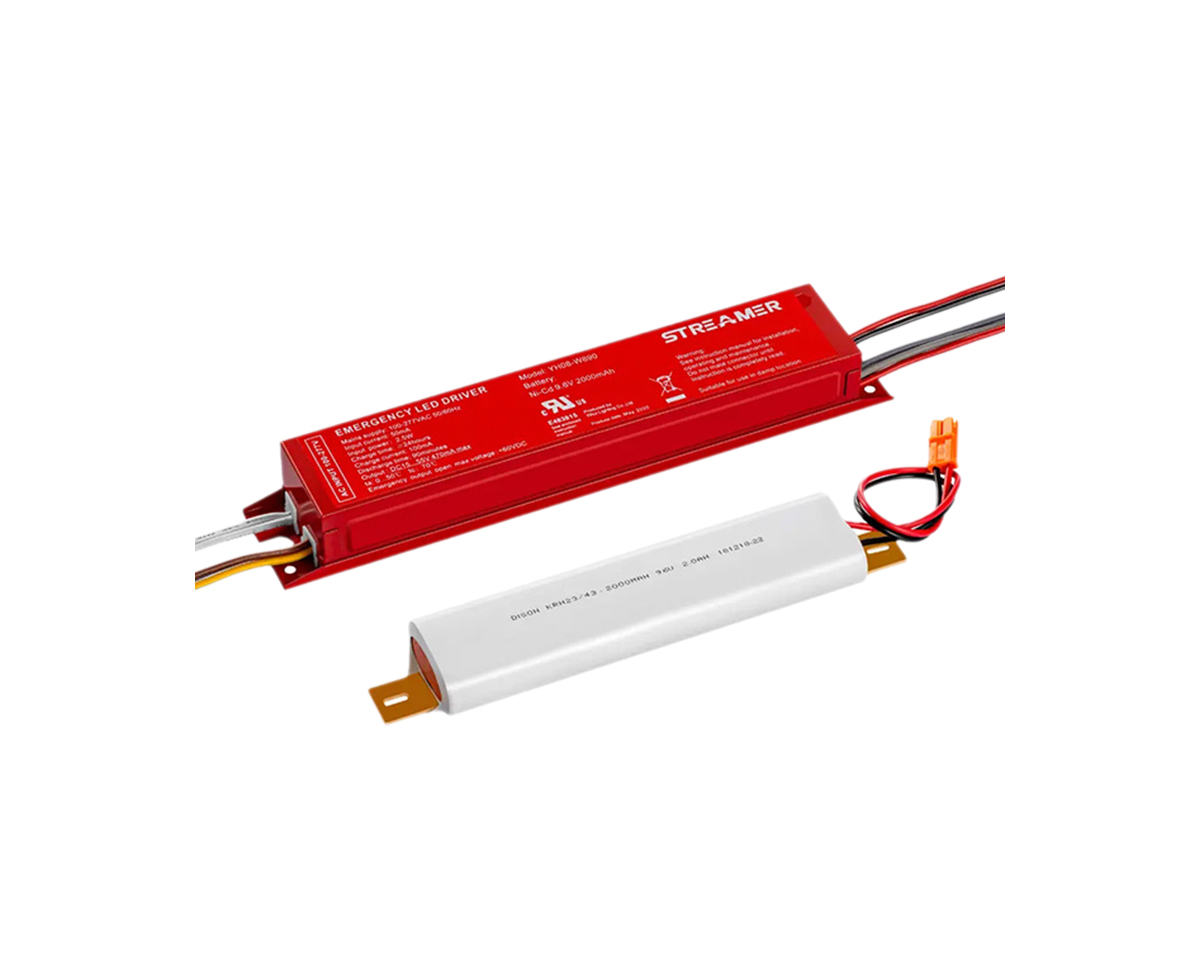 1
1
 Jun 06, 2025
Jun 06, 2025

Heat dissipation is a critical factor for the reliable operation of emergency drivers. Excessive heat can lead to performance degradation, component failure, and reduced lifespan of the driver. The heat sink, as a key component for heat dissipation, needs to be optimized to ensure efficient heat transfer from the heat - generating components of the emergency driver to the surrounding environment.
One of the primary methods for heat sink optimization is improving its thermal conductivity. Materials with high thermal conductivity, such as aluminum and copper, are commonly used for heat sinks. Aluminum is lightweight and cost - effective, making it a popular choice for many applications. However, copper has a higher thermal conductivity, which can enhance heat transfer efficiency. Some advanced heat sinks use a combination of these materials, with copper in areas of high heat generation and aluminum for the overall structure to balance performance and cost. For example, in high - power emergency drivers, a copper base can be attached to the heat - generating semiconductor devices, while an aluminum fin structure is used to increase the surface area for heat dissipation into the air.
Another important aspect of heat sink optimization is increasing the surface area. Heat sinks with fins or other extended surfaces can significantly enhance the heat - transfer rate. The design of the fins, including their height, thickness, and spacing, plays a crucial role. Taller fins can provide more surface area for heat dissipation, but they may also increase the overall size and weight of the heat sink. Thinner fins can offer a larger surface - area - to - volume ratio, but they need to be strong enough to withstand mechanical stress. Optimizing the fin spacing is also essential. If the spacing is too small, air flow may be restricted, reducing the convective heat - transfer efficiency. Conversely, if the spacing is too large, the overall surface area for heat dissipation will be reduced. Computational fluid dynamics (CFD) simulations are often used to analyze and optimize the fin design, ensuring the best balance between surface area and air - flow characteristics.
In addition to material selection and fin design, the heat - sink - to - component interface is crucial for efficient heat transfer. Thermal interface materials (TIMs), such as thermal grease or pads, are used to fill the microscopic gaps between the heat sink and the heat - generating components. A high - quality TIM with low thermal resistance can significantly improve the heat - transfer efficiency. Regular maintenance of the TIM, including replacement when it dries out or degrades, is also necessary to ensure continuous optimal heat dissipation. Moreover, forced - air cooling, such as using fans or blowers, can be combined with the heat sink to enhance the convective heat - transfer rate, especially in high - heat - load emergency driver applications.